Protocols
Whilst you can always reach out to us for any advice if collecting new data or setting up a study, below are a couple of protocols that can be used as guidance to create a pipeline for your own study.
MRI
Below you can find MRI protocols from 6 global studies/collaborations. These contain information pertaining to multiple scanner manufacturers and field strengths.
- Canadian Dementia Imaging Protocol
- Alzheimer’s Disease Neuroimaging Initiative (ADNI)
- Mark Vascular Cognitive Impairment and Dementia (MarkVCID)
- Multi-Partner Consortium to Expand Dementia Research in Latin America (ReDLat)
- Open Access Series Of Imaging Studies (OASIS)
- UK Biobank
Blood collection to measure circulating cell free DNA
Blood collection:
- Whole blood can be collected in an EDTA tube and processed to isolate plasma, ideally within 2 hours of blood draw or as soon as possible and <24 hours. Store collected blood in EDTA tubes at 4°C after blood is drawn until plasma is isolated.
- If blood cannot be processed within 24 hours after blood draw or blood cannot be kept at 4°C until processing, it is recommended to use a blood collection tube with stabilizers for cell-free DNA collection. Examples include:
-
- Cell-Free DNA BCT® RUO (Streck)
- Cell-Free DNA Collection Tube (Roche)
- CellSave Preservative Tubes (Janssen Diagnostic)
- PAXgene Blood ccfDNA Tube (Qiagen)
- cf-DNA/cf-RNA Preservative Tubes (Norgen Biotek Corp)
These tubes will keep blood stable at room temperature for up to 7 days after blood draw, allowing for transport or delayed processing.
-
To isolate plasma, we recommend a two-step centrifugation*:
- Centrifuge whole blood tubes at 800-2000g for 10 minutes
- Carefully transfer the supernatant to a fresh, labeled 15 mL tube
- Centrifuge the 15mL tube with supernatant at 12,000-16,000 g for 10 minutes.
- Immediately after centrifuge, carefully transfer plasma supernatant into 1mL or 2mL aliquots (though a pellet may not be visible, avoid jostling the tube or drawing fluid from the bottom of the tube).
- Store aliquots at -80°C until further processing or proceed directly to cell free DNA extraction
* Cell free DNA yield and quality is quite consistent across centrifugation protocols for 1 or 2 step centrifugation, centrifugation speeds, and whether cells are centrifuged at room temperature or 4°C. Thus, this centrifugation protocol is a guideline.
Questions?
Please fill out the form below and we will then get in touch with you as soon as possible.
Contact info
Use this contact form or send an email to info@theunitedconsortium.com
ABOUT US
The aim of the UNITED consortium is to be global platform for research on neurodegeneration that is inclusive of populations from currently underrepresented countries, including South America, Africa and Asia. It’s abbreviation – UNITED – underlines our position in bridging a divided world.
STAY UP TO DATE:
DO YOU HAVE A QUESTION?
We are happy to anwser it! Please go to our contact form.
